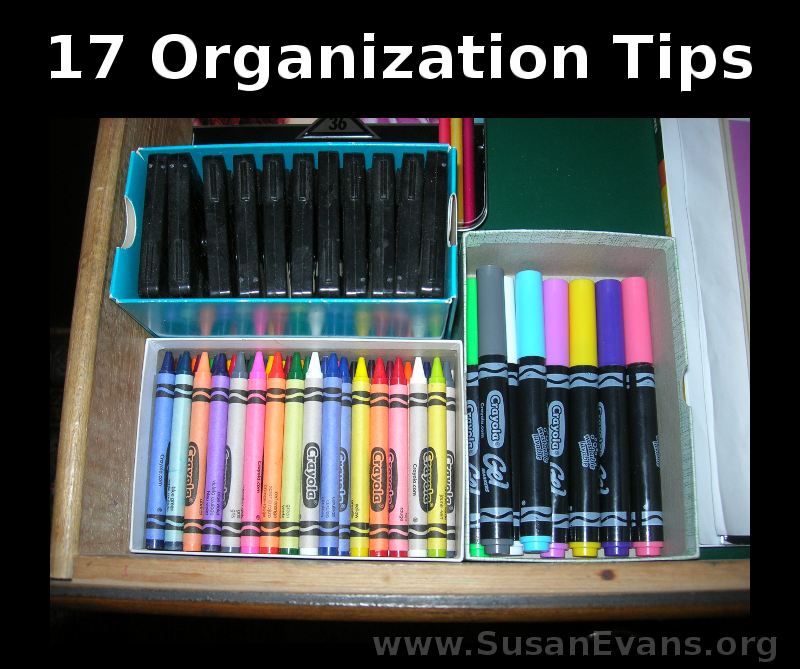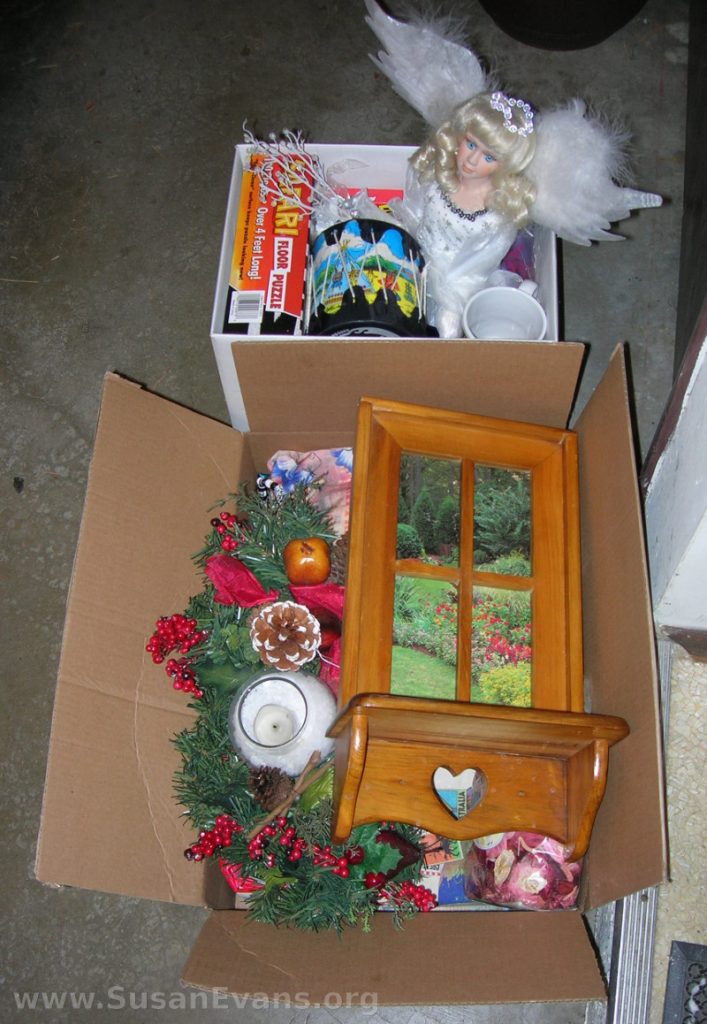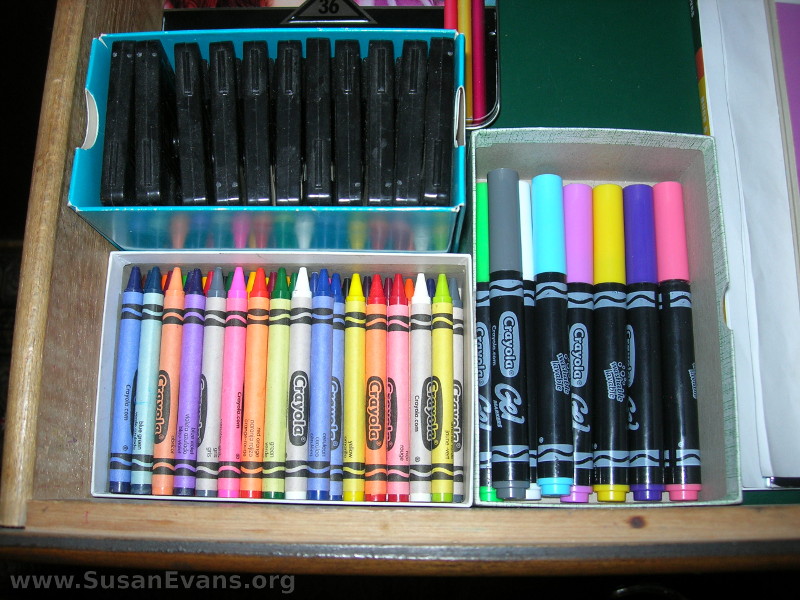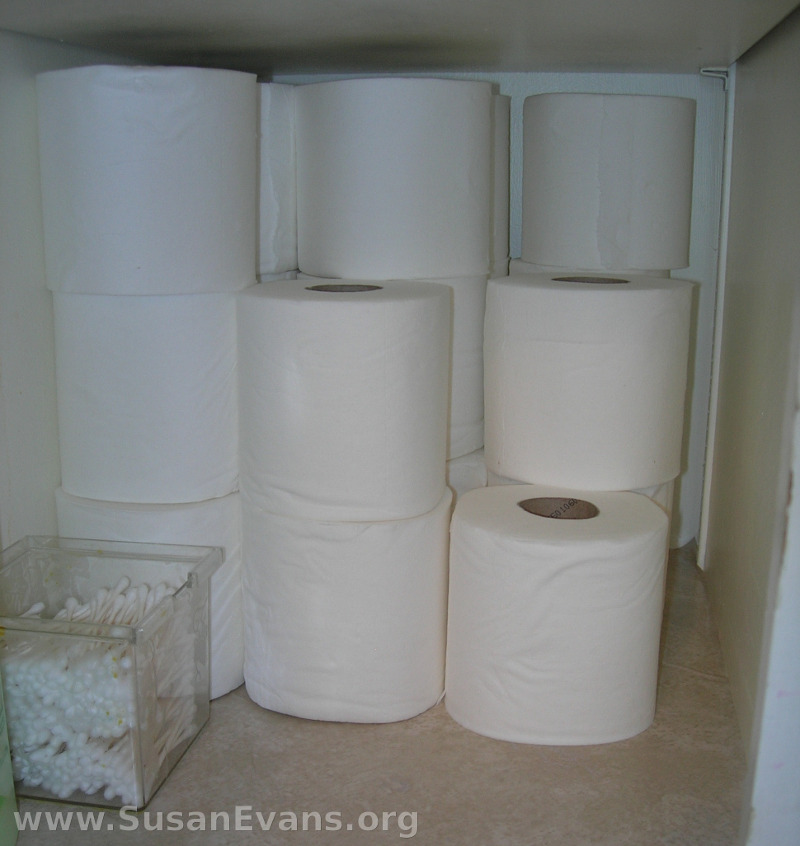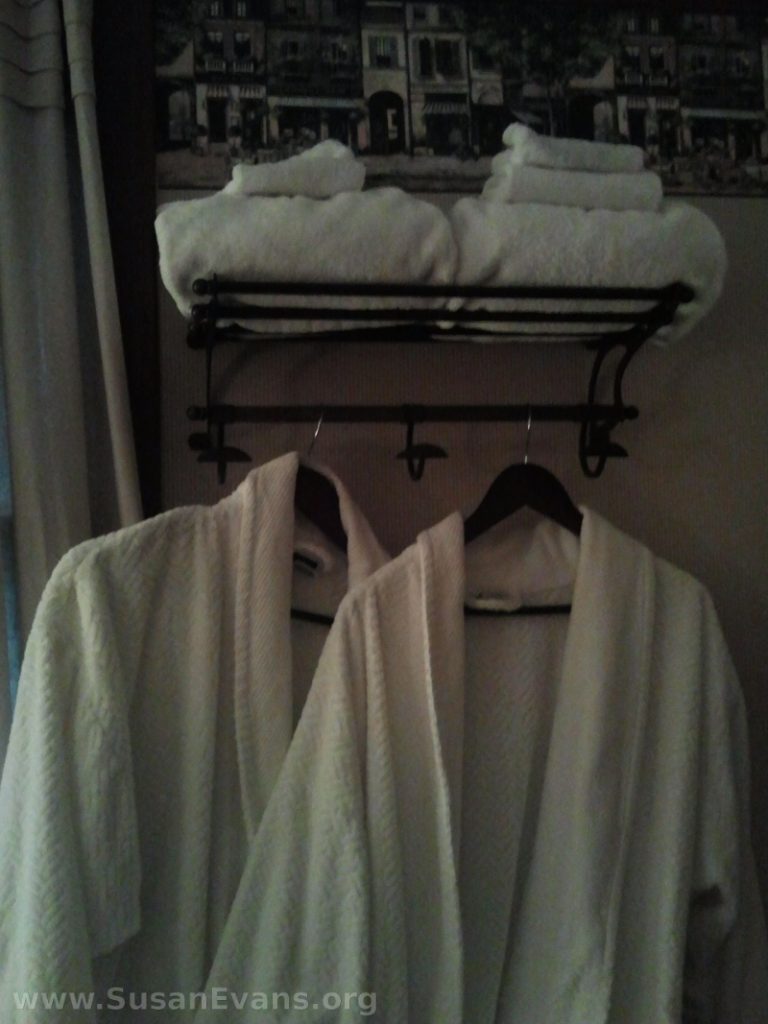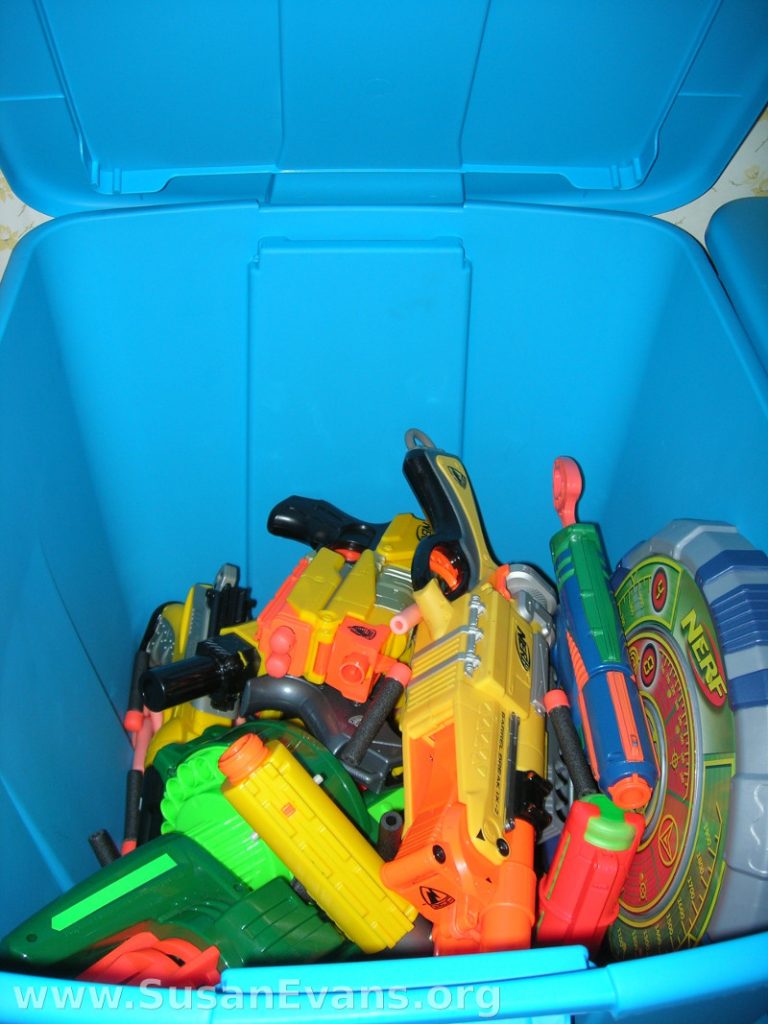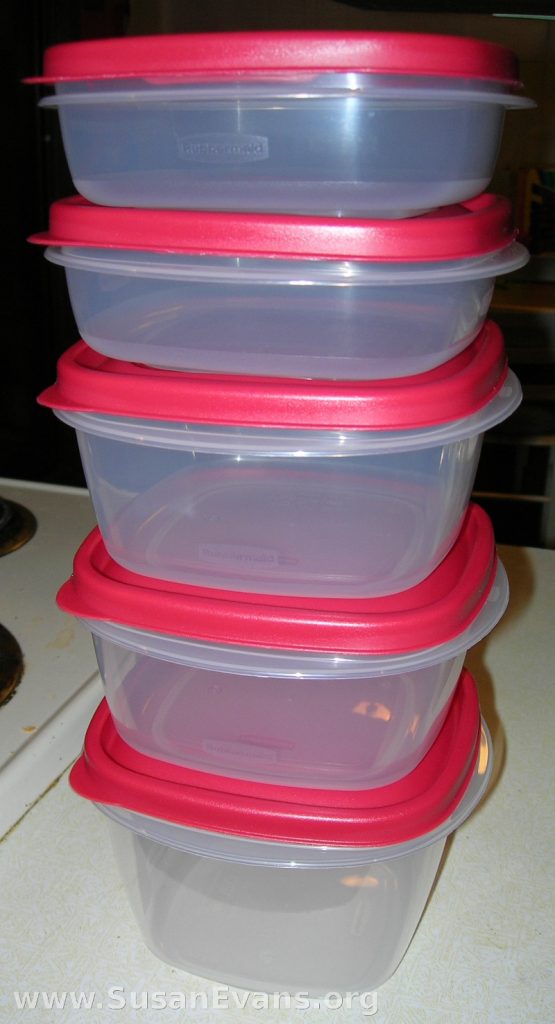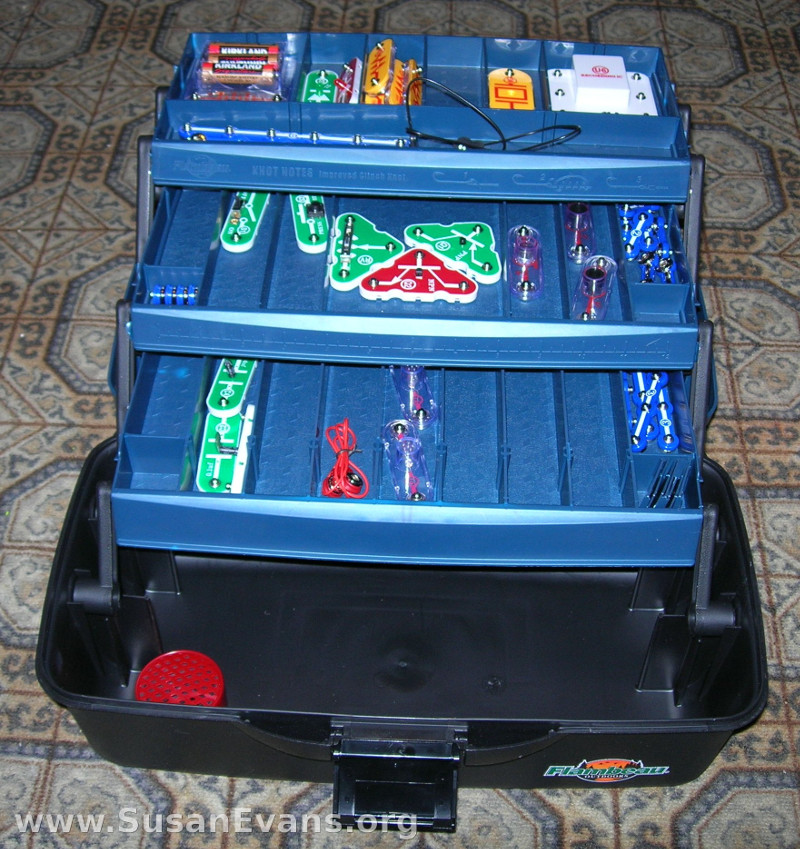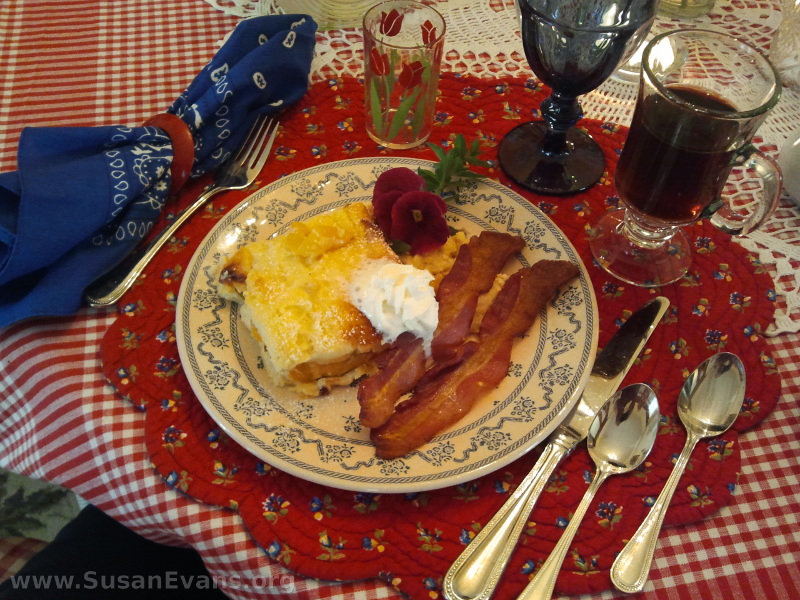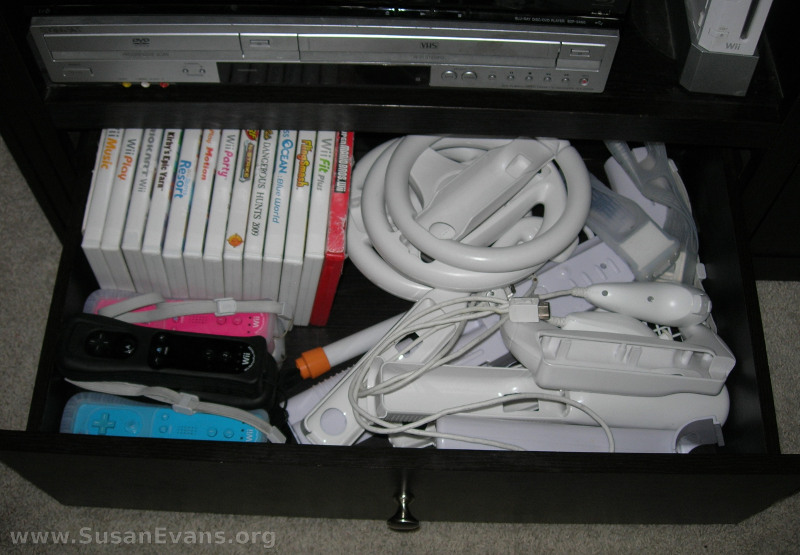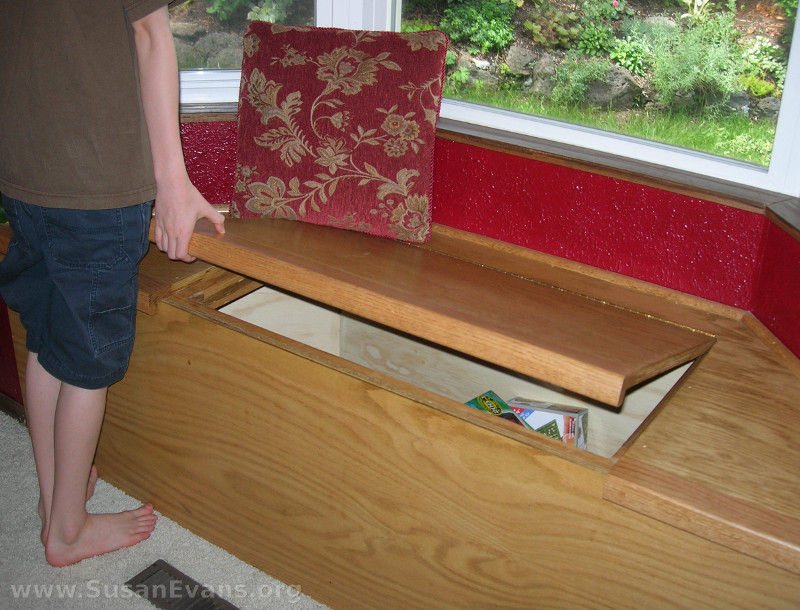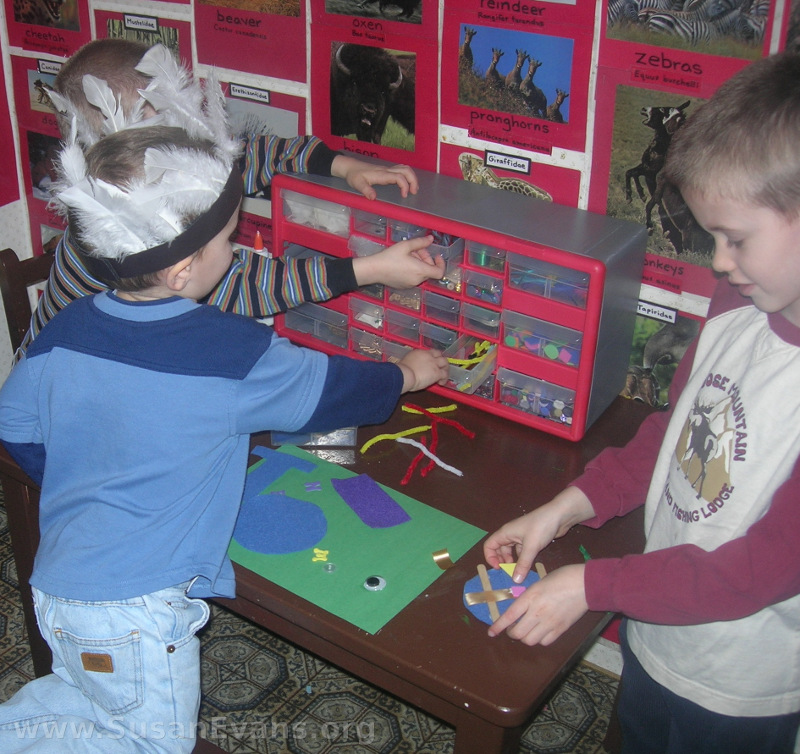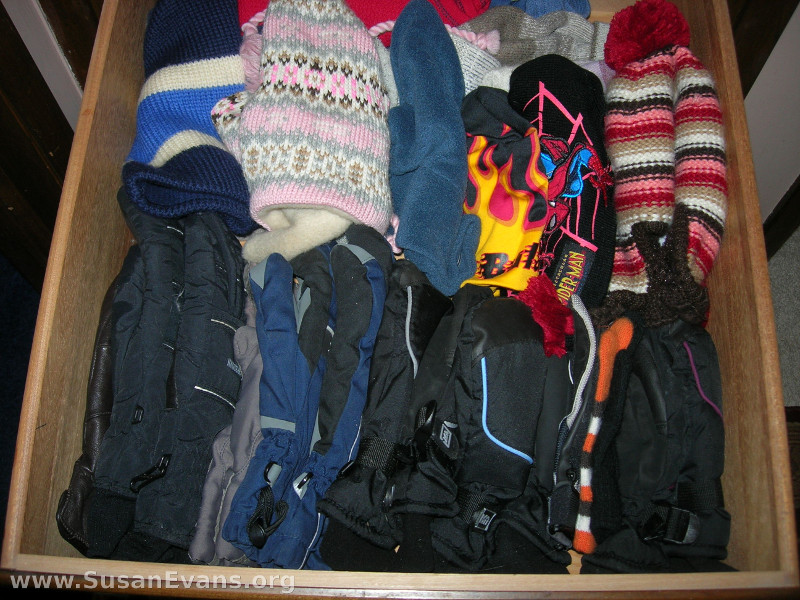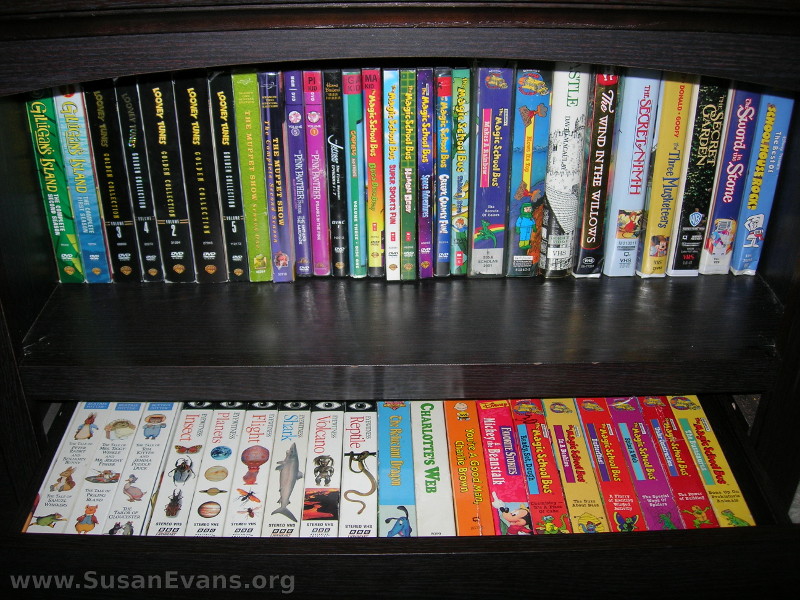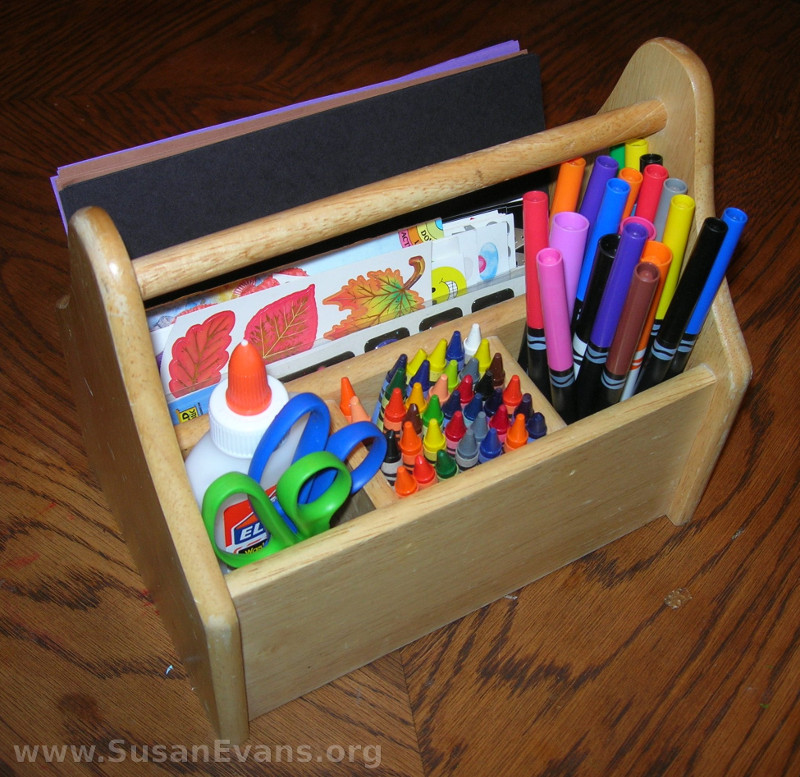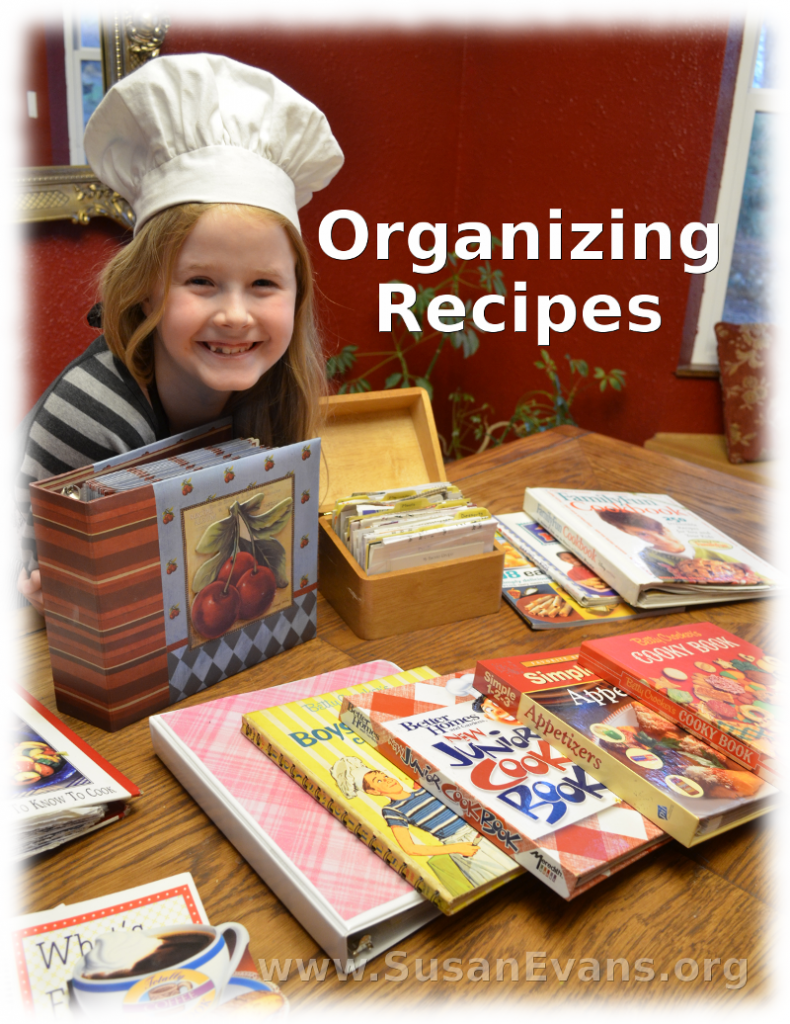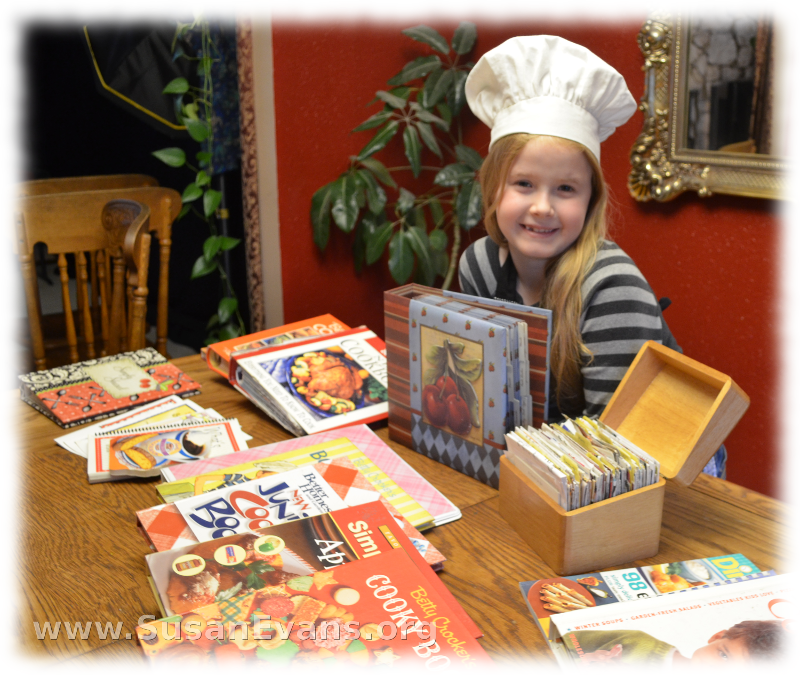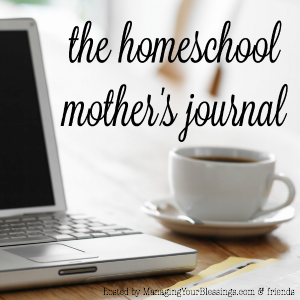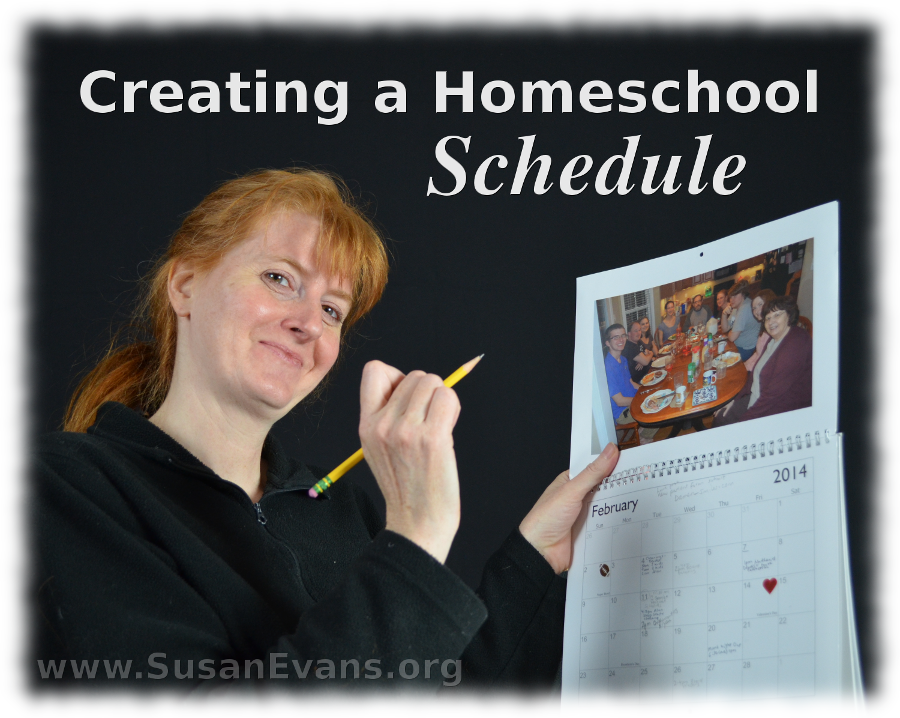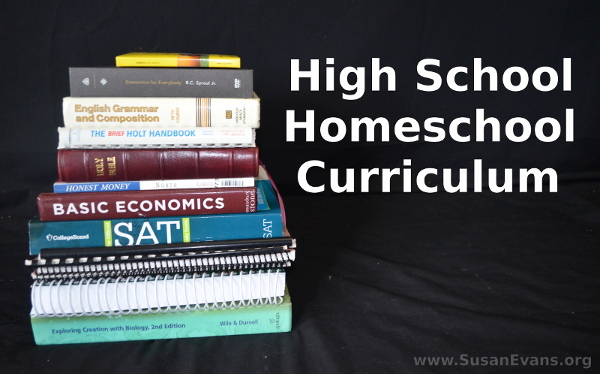
If you are wondering what we are doing for our high school homeschool curriculum this year, you have come to the right place. Today I will be sharing what we plan to use this year for our high school students.
Homeschool Math
We are using Teaching Textbooks, and my oldest two sons (16 and 14) are taking Pre-Calculus. My third son (13) is taking Algebra 2, and my 11-year-old daughter is taking Pre-Algebra. I love this program because I don’t have anything to grade, and I don’t have to teach the material. This is especially important with Pre-Calculus, since I have never taken it in my life!
Homeschool Language Arts
 This post contains affiliate links.
This post contains affiliate links.
We are focusing on SAT preparation this year, so we are pulling material from these three sources:
I will not be doing every page from the above books, but I will pull the most helpful bits out to strengthen any weaknesses uncovered by the practice SAT tests. We will be doing a lot of essay writing as well, to make sure they are fully prepared for college.
I’m planning to teach Logic to my oldest two sons, to help them in answering questions from the Reading and Writing sections of the test. I will probably do it after finishing Economics, since both Logic and Economics are half-year courses. (Introductory Logic by Douglas Wilson with videos by James B. Nance.)
Homeschool Economics
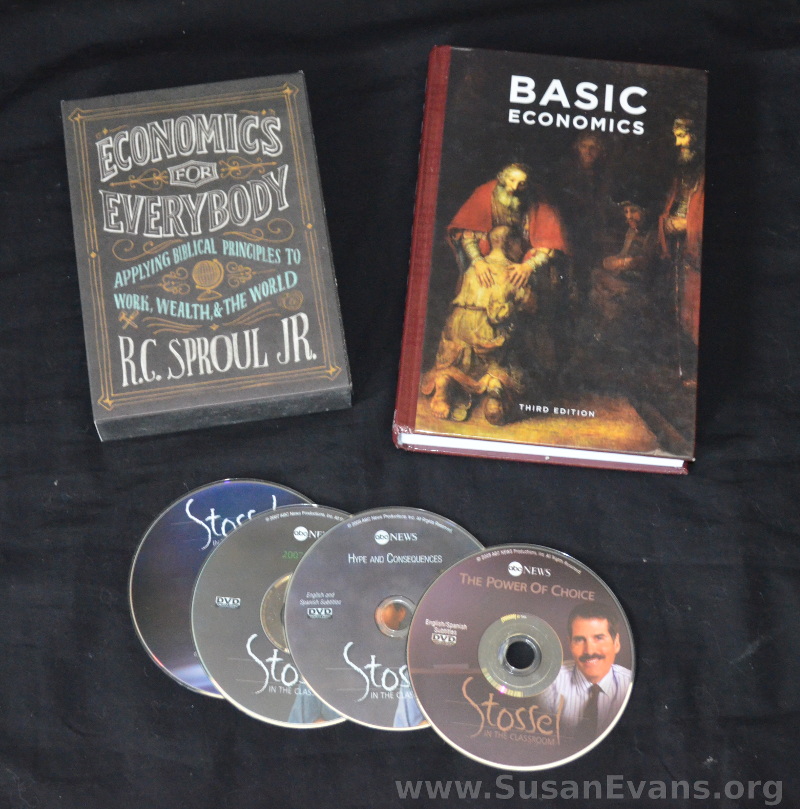
Instead of history this year, we will be learning about Economics. Here are the books and materials we will be using:
We will also be watching John Stossel DVD’s, which I ordered for free from his website. You can also watch episodes from his program (which used to air on 20/20) straight from his website.
For 12 weeks: We will be watching the 20-min. video of Economics for Everybody on Monday nights, followed by discussion questions. Then we will read one chapter from the Basic Economics textbook and answer those discussion questions. Wednesday night we will read another chapter and answer the discussion questions. I wanted my husband to be a part of the class because he is more in touch with current events and how they relate to economics.
There are 12 segments on Economics for Everybody, and each week we cover two chapters from the textbook. The kids will read Honest Money on their own during reading time.
Homeschool Science
My oldest two sons have already taken Biology, Chemistry, and Human Anatomy, and we filmed everything we did. These videos are inside the Unit Study Treasure Vault and are well worth the low cost of joining the site just for those high school science videos. Next year we will be doing Marine Biology and filming everything.
My youngest two have not taken Biology yet, so they will be taking it this year. It is a prerequisite for Marine Biology next year, which all four of my kids will be taking.
My older two will graduate next year with a phenomenal education including Shakespeare, great works of literature, theology of the Old and New Testaments, creative writing, classical art, etc. Because we do not do Junior High, we do six years of high school, so that we have school days that end by lunch–and we actually enjoy our lives!
Homeschool Spanish
We did a year of Rosetta Stone during the summer. This coming school year we will do Years 2 & 3, and the following year we will do Years 4 & 5. I am fluent in Spanish, so I plan to do some fun field trips and activities to go along with our study. I would love to visit Guatemala where I grew up to show my kids what it’s like to live in a third-world country.
Homeschool Art

We have been doing a class called Mixing with the Masters, and we will complete the class this fall. There are six famous artists with three art projects per artist for a grand total of 18 finished art projects. We are using this class for high school art credit, and we are learning a lot about the techniques of the great artists.
Homeschool Bible
Every year we read through the entire Bible on audio while eating breakfast. Earlier in 2016, we filmed unit studies of I & II Thessalonians all the way to Revelation. These included skits and other hands-on activities that brought the books to life. They are all accessible in the Bible section of the Vault.
Over the summer I read the following books:
- Because the Time is Near: John MacArthur explains the Book of Revelation (We compared his pre-trib stance with John Piper’s post-trib stance and saw that there were LOTS of Scriptures that go against pre-tribulation rapture.)
- Foxe’s Book of Martyrs (This is gory, but I am preparing my children to be martyrs. I am teaching them to stand for their faith in the face of the persecution that is coming.)
- Heaven by Joni Erickson Tada (because all that butchery and death from Foxe’s Book of Martyrs is too much to bear without the clear vision of heaven, which is where all wrongs will be made right and there will be no more suffering or sorrow.)
We also learned note-taking skills at church. Because of reading the three books listed above, we are behind in our yearly Bible reading and will need to boogy to get it done by the end of December!
Oh, and my kids are watching this series for Bible class as well: The Bible Project. These videos are the books of the Bible explained in chart form in about 10 minutes with drawings. Phenomenal.
PE is hiking and swimming and bicycling.
That’s it.
Linking up to Curriculum Week at iHomeschool Network.

